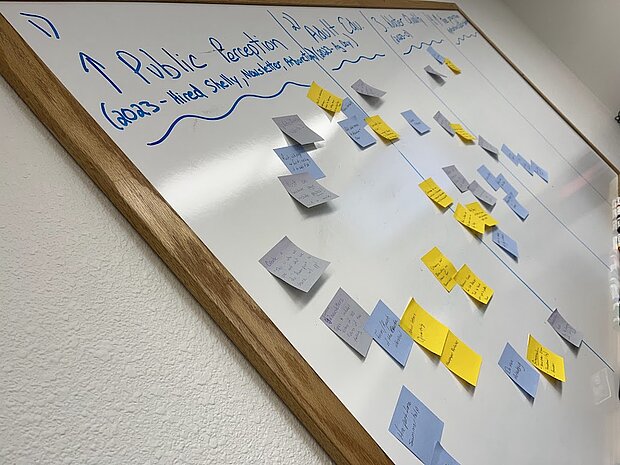SCD Annual Plan of Work
As stated in North Dakota Century Code (N.D.C.C.) 4.1-20-01, the purpose for the existence of the SCD is:
“It is the policy of this state and within the scope of this chapter to provide for the conservation of the soil and soil resources of this state and for the control and prevention of soil erosion, and to preserve the state's natural resources, control floods, prevent impairment of dams and reservoirs, assist in maintaining the navigability of rivers, preserve wildlife, protect the tax base, protect public lands, and protect and promote the health, safety, and general welfare of the people of this state.”
The district planning process is critical and should be completed utilizing the best data available. It should include the physical facts of the district such as climatic and soil conditions, land use, size and type of agricultural practices, and resource problems. It shall also include suggestions for a program that will help correct the resource problems that exist. The N.D.C.C. Chapter 4.1-20-24.1(h) specifies what a plan must do:
“…plans must specify in such detail as may be possible the acts, procedures, performances, and avoidances that are necessary or desirable for the effectuation of those plans, including the specification of engineering operations, methods of cultivation, the growing of vegetation, cropping programs, tillage practices, and changes in use of land...”
It is essential that district officials be thoroughly acquainted with resource problems, be able to evaluate their importance, and be willing to take appropriate steps to solve these problems.
The planning process is an excellent opportunity for the board to bring in other agencies, groups, or individuals with interest and responsibilities in conservation to work together in planning and activating a dynamic conservation program that will benefit all. Districts may utilize trained facilitators to receive public input to assist in identifying and prioritizing conservation needs.
Districts may also want to partner with their local NRCS Agency to assess the natural resource concerns in their area by leading a local work group (LWG). This locally led process helps identify resource concerns, priorities, and tools to address those needs. Representation includes individuals from state and federal agencies, agricultural and environmental organizations, Cooperative Extension, and local community members.

District Planning Process
After gathering data and public input, a plan shall be developed. This plan should include the items that will receive emphasis in the operation and education of the district. A broad-based goal shall be created for the district based on the resource needs and public input. To achieve the goal, the district shall complete a list of objectives that address the most pressing soil and water conservation problems. The final step in completing the planning process is creating specific tasks that detail the activities that will be carried out and ideas that will be promoted. Utilizing the S.M.A.R.T planning model each objective shall include:
✓ Specific What is the objective the district wants to achieve?
✓ Measurable How will the district measure achievement of the objective?
✓ Attainable What steps/tasks will be taken to achieve the objective?
✓ Realistic Does the district have the resources to achieve the task?
✓ Timely How long will it take to achieve the task?
As part of the implementation process, NDCC 4.1-20-24.1(h) requires districts to “… publish such plans and information and bring them to the attention of occupiers of lands within the district.”
The conservation plan/plan of work should be reviewed monthly and revised as new resource concerns appear, new best management practices are developed, or as new information, such as more accurate soils surveys become available. The review of the plan should be made the first order of new business at every regular meeting.
Forming partnerships is critical to the success of a district’s plan. The district may consider entering into a memorandum of understanding (MOU) with partners to detail expectations and activities that will lead to the accomplishment of tasks and objectives detailed in the plan.
Potential partners include, but are not limited to:
- County Water Resource Board
- Municipalities
- North Dakota Game & Fish Department
- North Dakota Forest Service
- North Dakota Department of Environmental Quality
- USDA Natural Resources Conservation Service
A template for the annual plan of work can be found in our Soil Conservation Google Drive.


